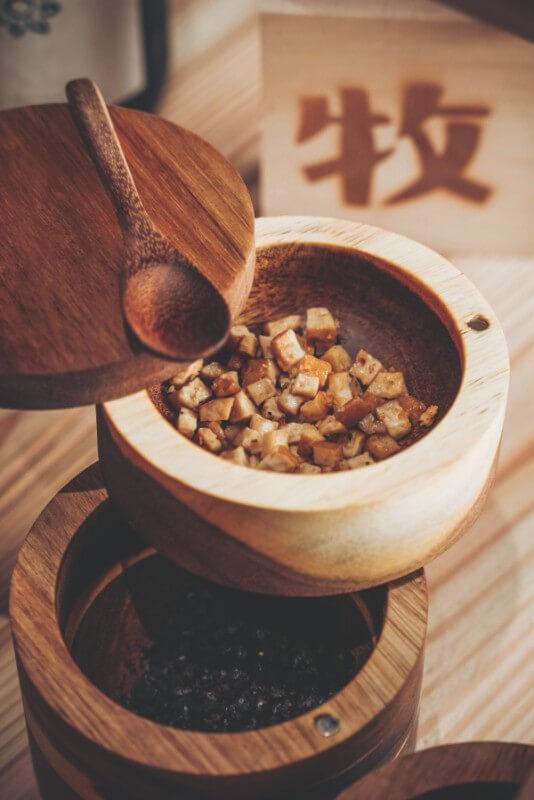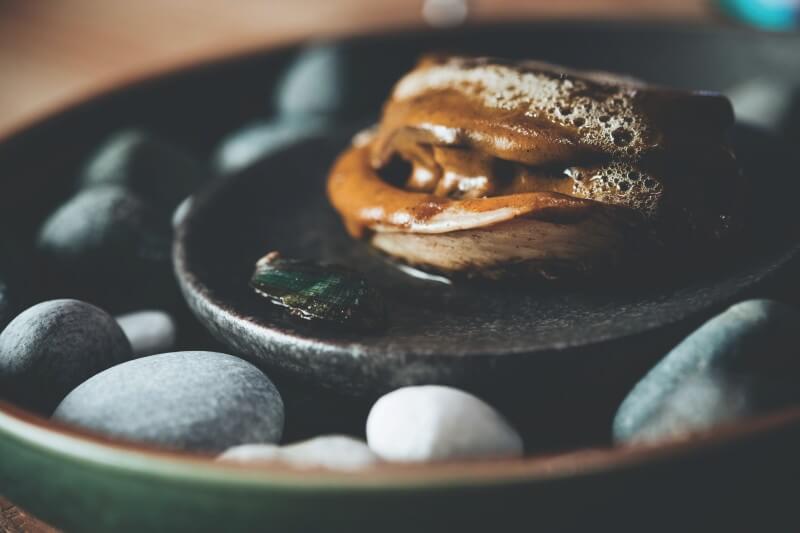In recent years, the concept of “slow food” has become popular internationally, emphasizing the spirit of “return” and leading consumers to reacquaint themselves with the culinary culture of the past. This spirit of slow food has also gained popularity in Taipei. Slow food expert Daisy Chou (周郁華), who studied at the University of Gastronomic Sciences (UNISG) in Italy, is not only one of less than ten Certified Cicerone® beer sommeliers in Taiwan, but also promotes the spirit of slow food with local ingredients through food and wine for an in-depth, slow method to savor tasteful and finely cooked culinary delights in Taipei.
Three Aspects of Slow Food: Good, Clean, Fair
“Slow food actually has nothing to do with the pace of eating, but is a concept relative to the prevalent fast food concept,” Daisy notes with a smile, as she goes on to share the common misconceptions of slow food by the public. She further explains that slow food is an anti-fast food culture, and that it is based on the spirit of “return,” advocating going back to the eating habits that existed before the advent of fast food culture. (You might also like: A Dialogue Between Ingredients and Cuisine Interview With Taiwanippon Chef, Tatsuya Ono)

With the development of slow food culture, the three concepts of “Good, Clean and Fair” are gradually taking shape. The word “Good” not only refers to the quality and deliciousness of the food, but also to the professionalism of the chef, who must understand the ingredients and know how to handle them in order to cook quality food. “Clean” refers to the concept of environmental friendliness and sustainability in the production process of ingredients. As for “Fair,” it is concerned with whether the producers are duly rewarded and treated fairly.
“It is difficult to make a clear distinction between these three aspects, which often affect each other,” Daisy points out. She takes “Natural Wine” as an example. In the past, chemical fertilizers were used to grow grapes, which were harmful to farmers’ health and caused environmental pollution. Genuine “natural wine” is made from grapes grown with organic farming methods, which not only produces better quality wine, but also takes care of the environment and improves farmers’ labor conditions. It is the comprehensive embodiment of the three aspects of slow food.
In Taipei, where food and beverage consumption is booming, Daisy believes that a slow food concept is relatively beneficial in terms of promotion and implementation. Because there are many restaurants with diverse styles in Taipei, and a huge variety of dishes are based on the concept of slow food, many consumers here are willing to try and accept it from the get-go.
“Returning” to Taiwan’s Local Ingredients
“The spirit of slow food practiced in Taiwan is to return to using local ingredients,” Daisy shares. Ever since chef André Chiang (江振誠) of the famed restaurant RAW advocated the use of local ingredients, the discussion on what is “Taiwanese taste” and “local cuisine” has become more and more heated in Taiwan’s culinary circles, and bringing Taiwan’s authentic local flavors food back to the table directly corresponds to the “return” spirit of the slow food movement. (Read also: Taïrroir, New Michelin star of Taiwan blends Chinese cuisine with western aesthetics)
In recent years, one after another, restaurants advocating fine dining have opened shops in Taipei. Daisy observes that although fine dining often incurs higher bills, the chefs of these restaurants are willing to turn the added revenue toward using local ingredients. For example, at Embers, located in the alleyway off Renai Road (仁愛路), Chef Wes has designed a menu that is inspired by the indigenous food culture. For instance, the “Sea Ears” dish focuses on the shellfish that the Amis people used to collect from the sea and consume. The “Gathering Eight Beans” is a tribute to the Bunun tradition of seed preservation based on dried beans, bean sticks, edamame and bean crisps, among other ingredients made with soybeans. Chef Xavier, of Muzeo in the East District, also replaces asparagus with cabbage, a common local vegetable in Taiwan, which is air-dried and roasted as a side dish for Western-style meals.


Other top restaurants, such as Nihonryori RyuGin (祥雲龍吟), also emphasize the use of local ingredients on their menus. “In the past, there was a perception that high-end restaurants had to use imported ingredients, such as French blue lobster and Hokkaido scallops, but as the new generation of chefs began to promote local ingredients, consumers are willing to spend more money on them,” Daisy points out. With the refinement of local ingredients, more people will be willing to acknowledge their value and return to the appreciation of local ingredients, which is also the embodiment of the slow food concept of “Good.” (Read more: Michelin Guide Showcases Taipei’s Thriving Culinary Scene: From Street Eats to Tasting Menus)
On the other hand, the growing number of smallholding farmers’ markets in Taipei also reflects the connection between urban life and slow food culture. In the pursuit of Good and Clean food, consumers are now more willing to buy organic ingredients from local farmers. One of the implications of this is that consumers skip the exploitation of middlemen and buy products directly from farmers, which coincides with the concept of Fair.
Supporting Slow Food in Your Own Way
As for Daisy herself, she has also found her own way of practicing the Slow Food spirit. As she is a beer expert, in the past, Daisy’s selection of alcoholic drinks for events has been based on natural wine, wine produced by smallholding farms, local breweries, or products brewed with local indigenous varieties. At the end of last year, Daisy launched a collaborative project called “Bar NOMAD (遊牧酒吧),” bringing selected wines to partner restaurants for a limited period of time to share local ingredient and wine pairings with customers, with the first stop being Embers in Taipei.

Reflecting on the first Bar NOMAD experience, Daisy mentions that in order to correspond to Chef Wes’s longstanding imagination of “local” and “Taiwanese flavors,” she used the theme of “mix your own tastes” this time, resonating with the common concept of “de-icing, less sugar and spicy” in Taiwanese food habits. Therefore, Daisy introduced five types of beer bases: bitter, malty, sour, fruity, and spicy, allowing customers to mix and match the flavors they want.
During the days when Bar NOMAD was in operation, Daisy’s ingenuity in drinks selection often amazed consumers. “Like when I brought out the Christmas flavor made with earthy cinnamon, Fremont citrus peel, and endemic aromatic litsea. They didn’t know that the taste of Taiwan’s native cinnamon was different from the common cinnamon, and some of my friends had their first taste of aromatic litsea,” Daisy recalls. (Read more: Taiwan’s Craft Beer Scene (Part One))

“Taipei is a very free-thinking city,” she adds. Because of that freedom, we can try a wide range of things. Many restaurant chefs have already incorporated the slow food concept or local ingredients into their dishes with their own culinary expertise. As consumers, in addition to fine dining, stepping into the corner cafe and ordering a latte made with fresh milk from small farmers and fair trade coffee beans is a very good way to support the slow food movement.
Author: Tian Yuji
Photographer: Chang Jinrui
Editor: Joe Henley
This article is reproduced under the permission of TAIPEI. Original content can be found on the website of Taipei Travel Net (www.travel.taipei/en).












